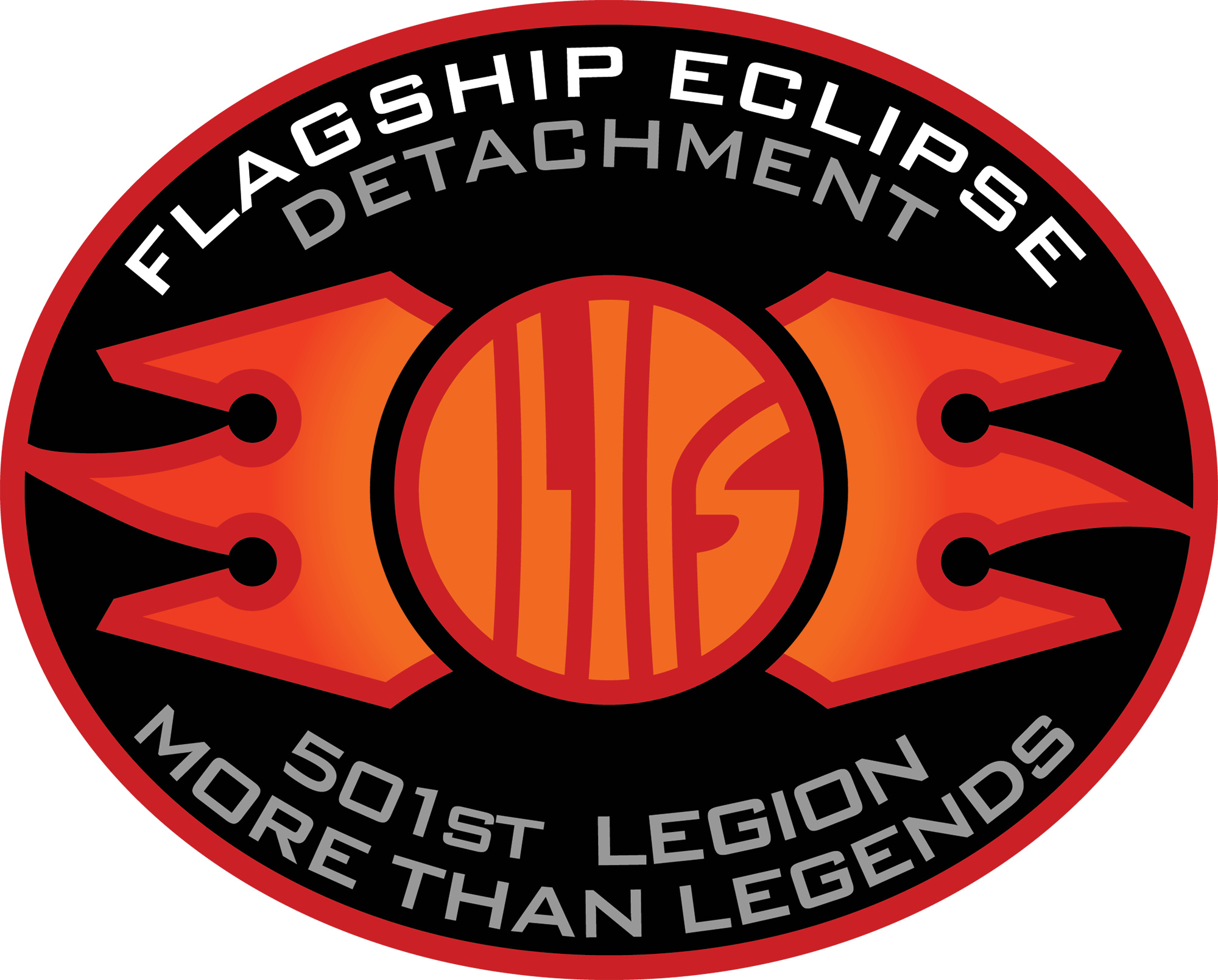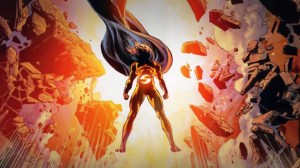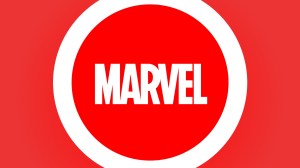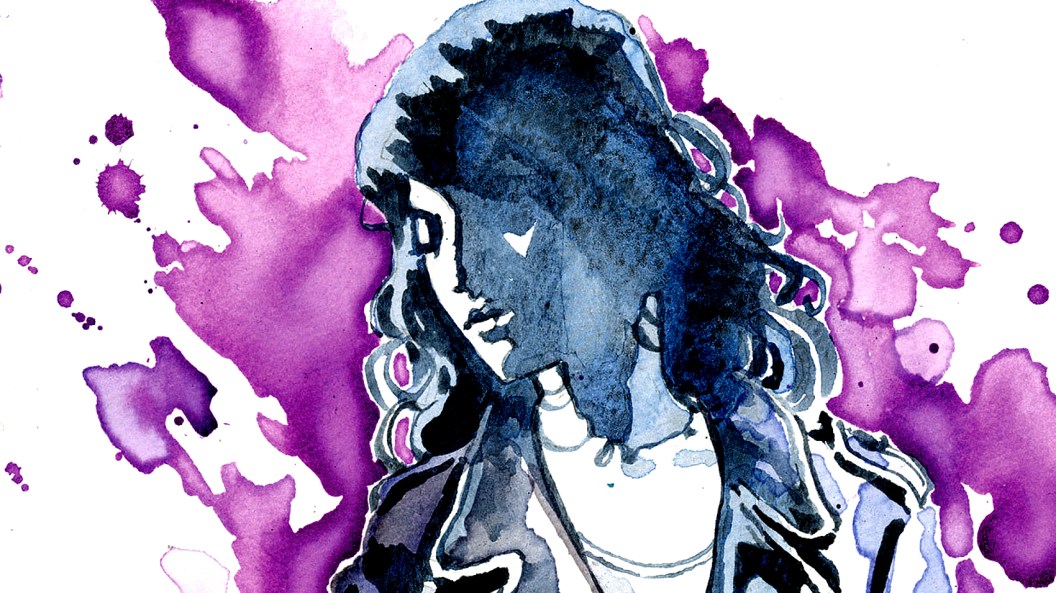
The comic book industry is an amazing thing, creating countless tales for us to dive into. However, we have to acknowledge the elephant in the room, as even the most beloved genres are full of tropes. Tropes are not inherently good or bad, but when they’re used to limit potential and force characters to stay within the confines of that box, tropes become a problem. This happens in every genre, even to superheroes. For example, Marvel Comics is full of famous tropes, from ones people love (the underdog rising up, the friendly local hero, etc.) to ones we could live without (mirror matches, damsel in distress, powerless love interest, you name it). On the bright side, for every frustrating trope out there, there are women of Marvel who broke out of those limitations and forged their own story.
Realistically, there are plenty of eyebrow-raising occurrences and tropes in the world of superheroes, especially when they revolve around women. For example, people love to poke fun at female superhero costumes, because who doesn’t love going into battle with all their vital organs exposed? Then there’s the whole fridging debate, which is an entirely different level of problem. We’ll leave that one alone for now and instead focus on the times heroes successfully escaped their confining tropes.
1) Jessica Jones

Tropes: Damsel in distress
Jessica Jones is often hailed as the hero who destroys and redefines female superhero tropes. She’s a strong and competent protagonist, but she’s also flawed and human. Marvel lets her exist without forcing perfection, and that’s huge. Jessica deals with real trauma, tackles addiction, and overall has to fight for a place for herself in this world. Her story is relatable and raw, portraying a superhero who isn’t defined by any one feature, flaw, or trope.
If written poorly, Jessica Jones would have been at risk of getting stuck with the “damsel in distress” label. She was captured and taken in by the worst kind of villain, and had she waited for another hero to come along and save her, that’s exactly how her story would have gone. However, Jessica Jones has historically always been her own, albeit unwillingly. She’s always resented the hero’s life, given her failed attempt as Jewel.
It’s important to note here that while Jessica can and has saved herself, there’s nothing wrong with asking for help. Jessica has, through the years, created a strong support system around her. Luke Cage, Carol Danvers, Danny Rand, the list goes on. They’re all willing to go to bat for her as needed. This content is vital, as Jessica’s story doesn’t, and never will, live in a vacuum.
2) Rogue

Tropes: Powerless love interest
Anna Marie LeBeau has a long and complicated history in Marvel Comics. First introduced on the side of villains, Rogue admittedly has done some horrible things in her life. This includes taking the power and memories of Carol Danvers. However, that set her on a path to becoming one of the good guys, and the two have since worked things out.
On the surface, it may be tempting to label Rogue as the powerless love interest. After all, her ability literally requires her to “steal” power from others. Through the years, she’s worked hard to make a place for herself in hero society, and she’s done great. She’s become more than a hero, but a leader and guide for the next generation of heroes. Rogue’s story has taken her through it all, and in the process, she battled for her power and autonomy.
That isn’t to say that horrible or trope-ish things haven’t happened in Rogue’s history, or that they’ll never happen again. Rogue lives within the X-Men universe, so she’ll always be subject to being written by dozens of different authors, some of whom will treat her differently. For example, most fans weren’t thrilled at the idea of Rogue and Sentry having an off-screen romance (largely due to the implied age at the time).
3) She-Hulk

Tropes: Sidekick, love interest, legacy hero
Jennifer Walters was a successful lawyer long before she stepped foot into the superhero world. As the cousin to Bruce Banner, Jen ended up in the wrong place at the wrong time, and yes, that resulted in her getting her own gamma monster. This automatically opened the door to two potential tropes, the sidekick and/or the legacy hero.
Admittedly, Marvel does love having heroes pass the torch. When it comes to adding new female heroes to the roster, there is often a tendency to add them to another hero’s story, rather than letting them come into their own. (Hawkeye, Ms. Marvel, Ironheart, White Tiger, Ghost Spider, Silk, etc.) However, it’s safe to say that She-Hulk has made a name for herself.
Jennifer quickly broke away from any concerns about her becoming a sidekick, as she fought to find a balance between lawyer life and superhero life. Likewise, her story quickly deviated from Banner’s, as Jen was still Jen post-transformation. Her story has evolved and changed over the years, as she made friends, joined different superhero teams, and carefully carved out a niche for herself within the Marvel universe.
Over the years, She-Hulk has danced around the love-interest trope, but even then, she broke those expectations. While she never shied away from dating another Marvel hero, they were just as much her love interest as the other way around. This may explain why she has a rather long list of exes, including Tony Stark, Luke Cage, Hercules, and more recently, Jack of Hearts.
Even She-Hulk’s TV series fought to take down the tropes of Marvel. She-Hulk: Attorney At Law broke fourth walls, flipped the script on villains (creation and final conflict), and directly addressed many other tropes of superhero comics (fridging, grudge matches, etc).
4) Storm

Tropes: Sidekick
One could argue that many of the X-Men are at risk of falling into “sidekick” or “background” status. Just think of all the heroes who fill the sidelines but rarely get their own series (Armor, Boom Boom, Polaris, Dust, Husk, etc.), and that concern becomes a little more obvious. However, it’s safe to say that Storm will never again be mistaken as a sidekick or background character, at least in the comic book universe. Just look at fans’ reactions to her treatment for the movies, and it’s easy to see how high our expectations are for her.
Over the years, Storm has seen and done it all. She’s become a leader of the X-Men, stepping into the role on more than one occasion. She’s likewise carried several other mantles, from Goddess of Thunder to Queen of Wakanda. Her stories have traveled outside of Earth-616, telling different versions of the hero, from the leader of the Asgardians to pretty much anything creatives can think of.
Storm has consistently fought against tropes, societal norms, and expectations. She’s bold and beautiful, strong yet compassionate, a leader who embraces her history and makes it her own. There’s a reason she’s become a role model to so many readers.
5) Captain Marvel
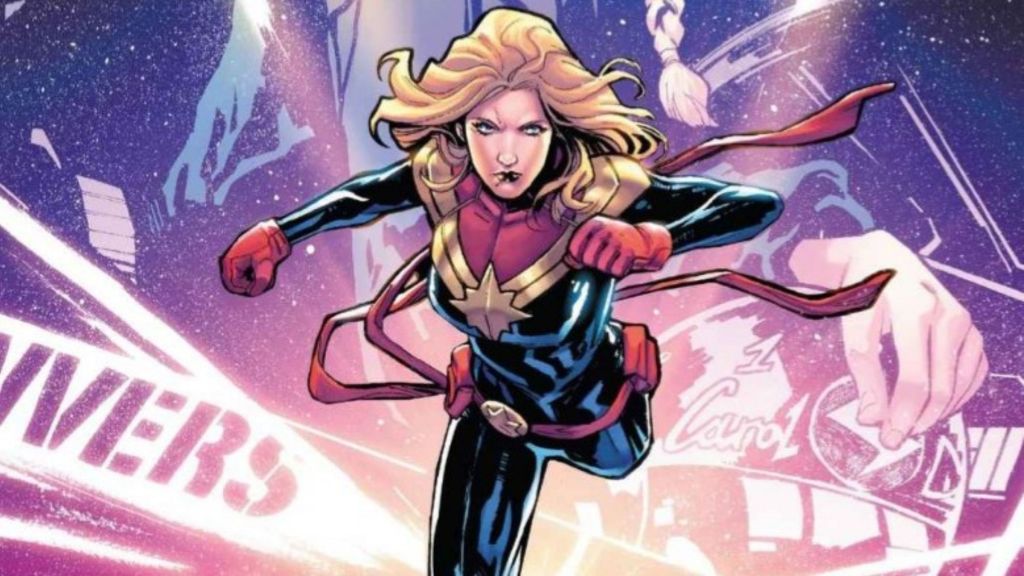
Tropes: Damsel in distress, Amnesia
Carol Danvers is a powerful hero who has had to fight to get where she is. Her fight began with the Air Force, and it’s never really stopped. Carol is a human/Kree hybrid who has led the Avengers, fought alongside the Guardians of the Galaxy, and faced off against the likes of Thanos. Since her introduction, she’s tackled and destroyed several tropes.
Carol’s origin story put her at risk of falling under the sidekick mantle, as she came into her powers thanks to Mar-Vell’s story. She would take on the mantle of Ms. Marvel and join the Avengers, where she began to make a name for herself. Here, a few horrible things happened to Carol and had Marvel Comics let her story stay there, she would have always been a tortured soul and damsel in distress. Fans don’t like to talk about how Carol was impregnated against her will (or how the Avengers didn’t really care). We also don’t talk a lot about how her memories were stolen alongside her powers, for a time.
Neither of those events caused Carol Danvers to step down, though the first did warrant a bit of a mental health break (no judgment there). She would ultimately get her powers back, and years later, her memories as well (though the emotional connection wasn’t the same). However, she was disillusioned by the Avengers and their lack of care for what she went through, causing her to break away from them (again, for a time). She rebuilt her story and her life from the ground up, and while she had help, it was her motivation that got her through it. Carol could easily have held a grudge against Rogue for what happened to her, but the two have worked things out.
Since then, Carol has gone through many mantles, spending time as Binary and Warbird. She would always return to her Ms. Marvel mantle until recently. In 2012, Carol Danvers picked up the Captain Marvel mantle, and she hasn’t looked back. She’s made this mantle her own, and there’s no denying that. With this title, she’s led the Avengers, protected dozens of planets, led the Alpha Flight, and more.
6) Jean Grey
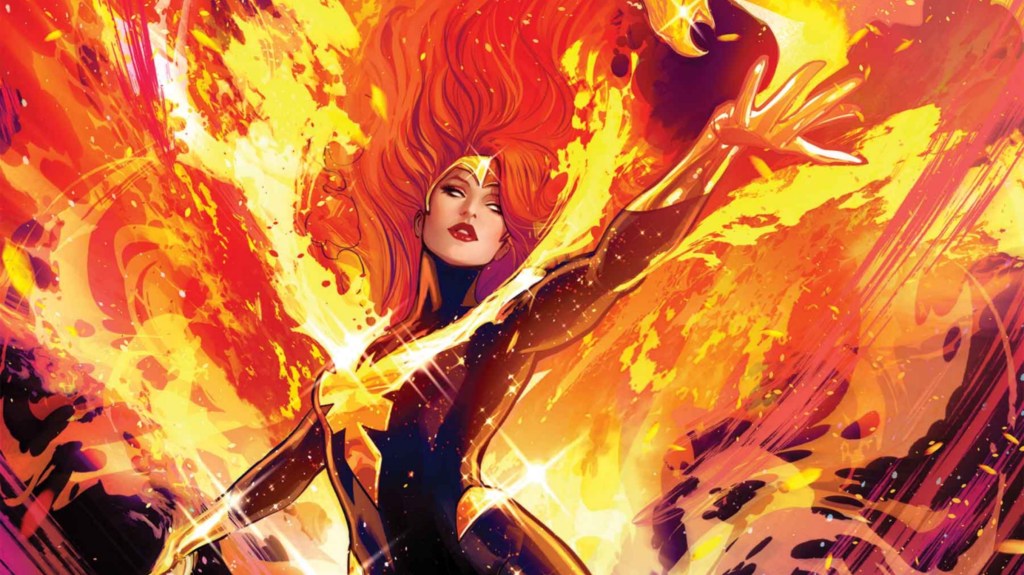
Tropes: Tragic love interest, losing control of her powers
Jean Grey is a founding member of the X-Men, yet early days loved to focus on the love triangle side of her story. This, combined with Jean Grey’s lack of control over her powers, set her up to be what is often called a tragic love interest. If one looks for it, it’s possible to spot several patterns in Marvel Comics. One such pattern is giving characters immense power, but no ability to control it. Scarlet Witch falls under this category, at least during her early days (and any other time the comics want her to create a reality-warping event).
Recent years have enabled Jean to fight back against these tropes, and it’s been refreshing to watch. She has embraced the Phoenix Force and accepted her destiny for what it is, and in the process, she’s become a symbol of power and sacrifice. Likewise, the events of Krakoa helped to settle down the whole love triangle angle. Meanwhile, Jean Grey is currently out in space, dealing with cosmic threats and learning how far she can push her powers. She’s come a long way.
As with Storm and Rogue, there’s no guarantee that Jean Grey will never get bundled up in these tropes again. The problem with handing characters from one creative team to the other is that not every writer will regard characters the same way.
7) Sue Storm
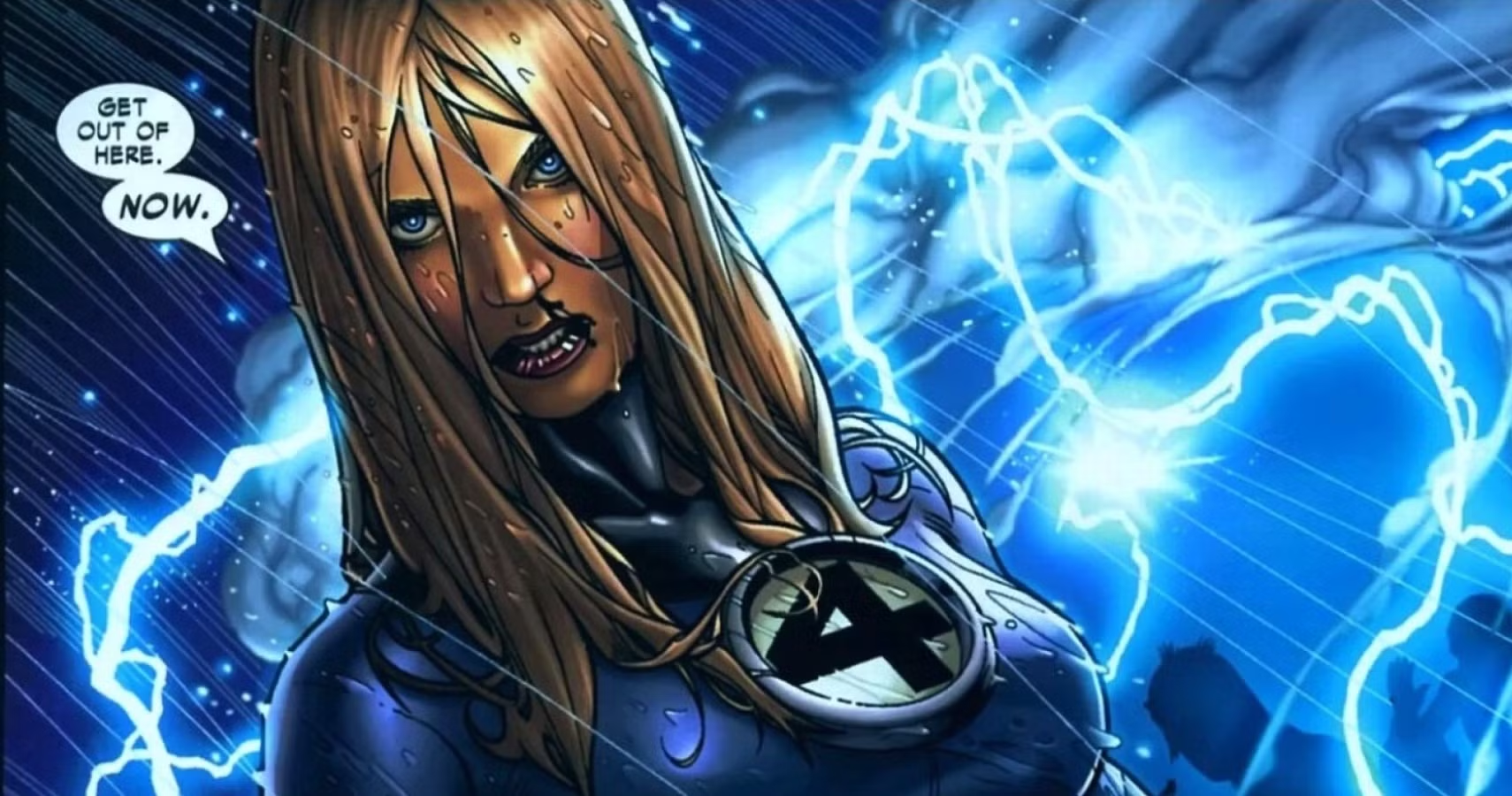
Tropes: The invisible woman (literally)
Sue Storm is one of the iconic members of the Fantastic Four, who fans largely consider to be Marvel’s first superhero family. As such, she’s gone through quite a lot over the years, good and bad. Being a character from a much earlier time, she was originally stuck with expectations and tropes that fans don’t want to see today. While it’s tempting to list out every trope that’s been written into her story, we’ll focus on her progress.
When she first entered the world of Marvel, she was known as The Invisible Girl. Through years of battles, hard work, and a lot of experience (plus one traumatic instance), she transitioned into being known as The Invisible Woman. While she started out being unable to control her powers, she has since mastered them and thus is considered one of the most powerful members of the team.
Sue Storm was once at risk of becoming the literal invisible woman, a housewife and partner who blends into the background, only appearing as needed. She’s destroyed that expectation, becoming a leader and a strong member of her team. She’s proven that she has what it takes to stand up to evil, doing whatever it takes to save the day.
The post 7 Marvel Women Who Escaped Their Tropes and Rewrote Their Story appeared first on ComicBook.com.
